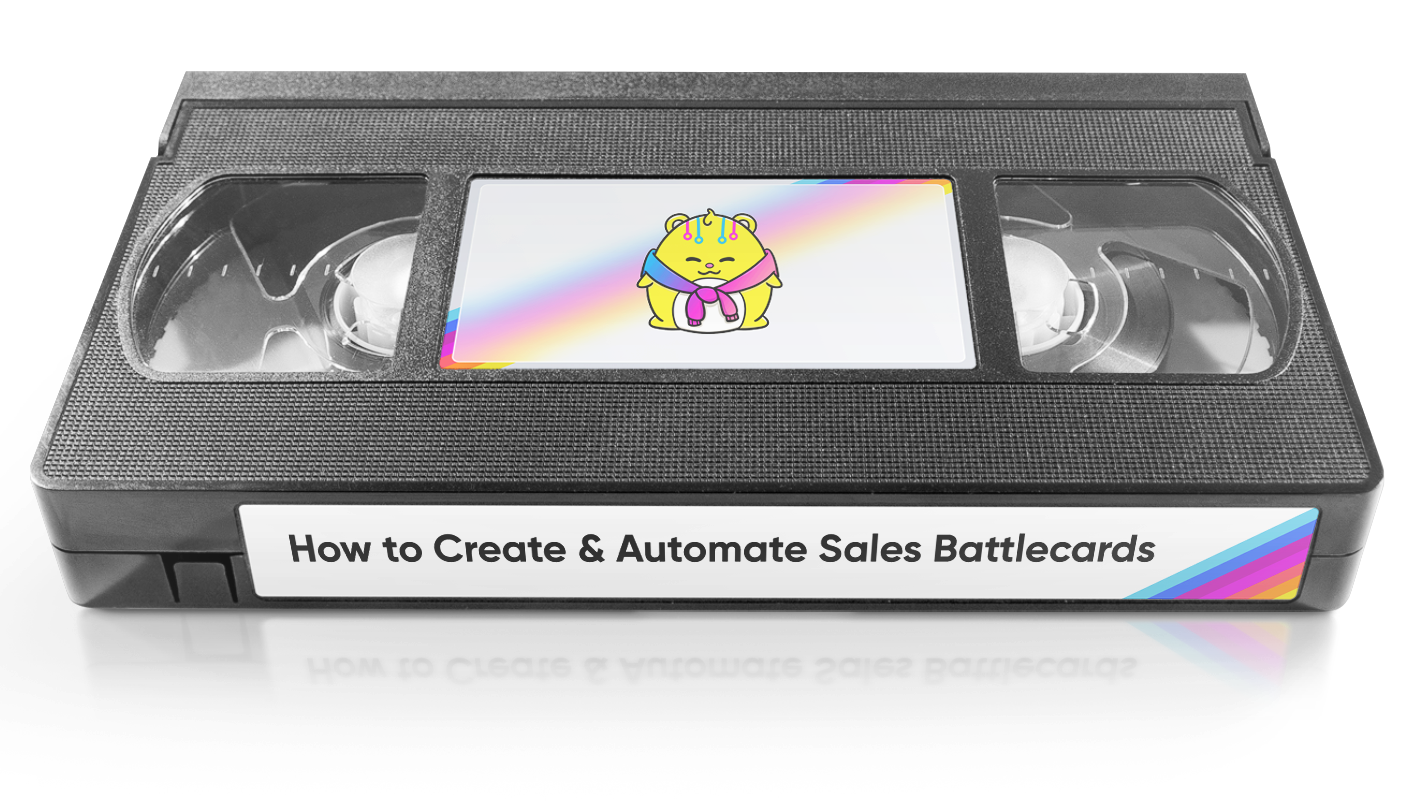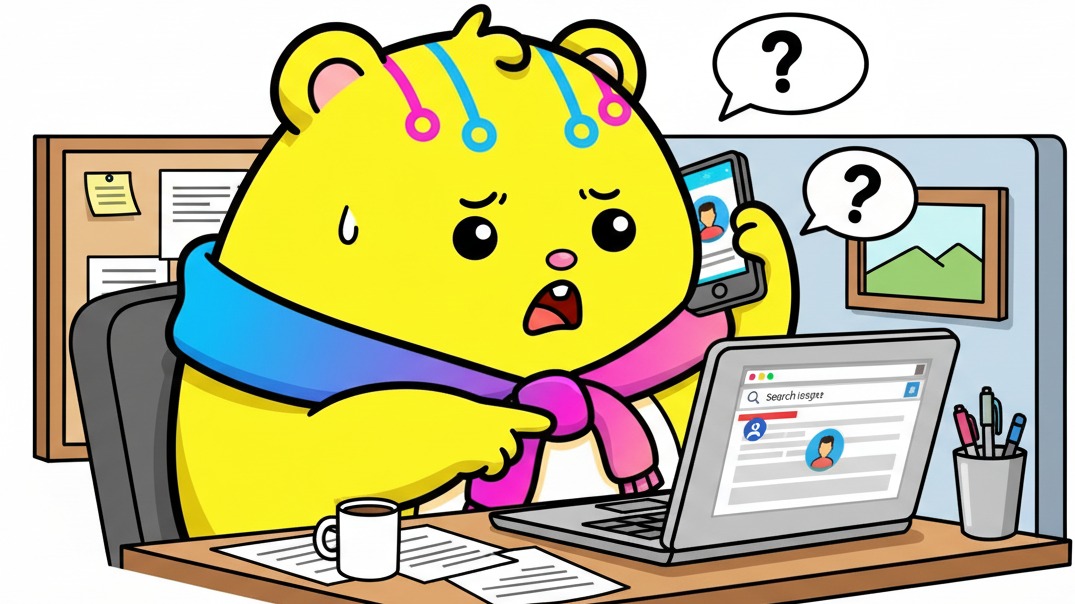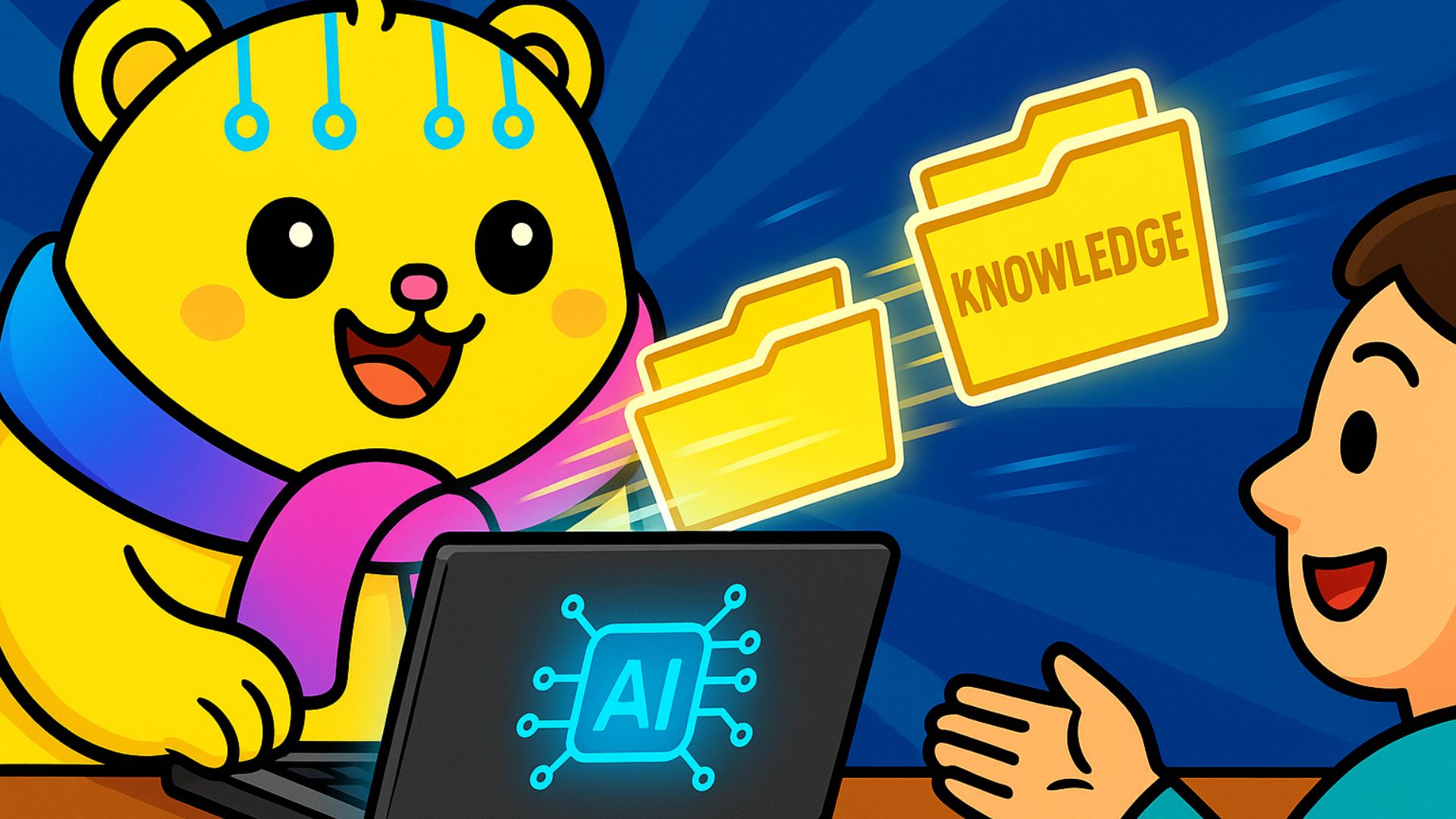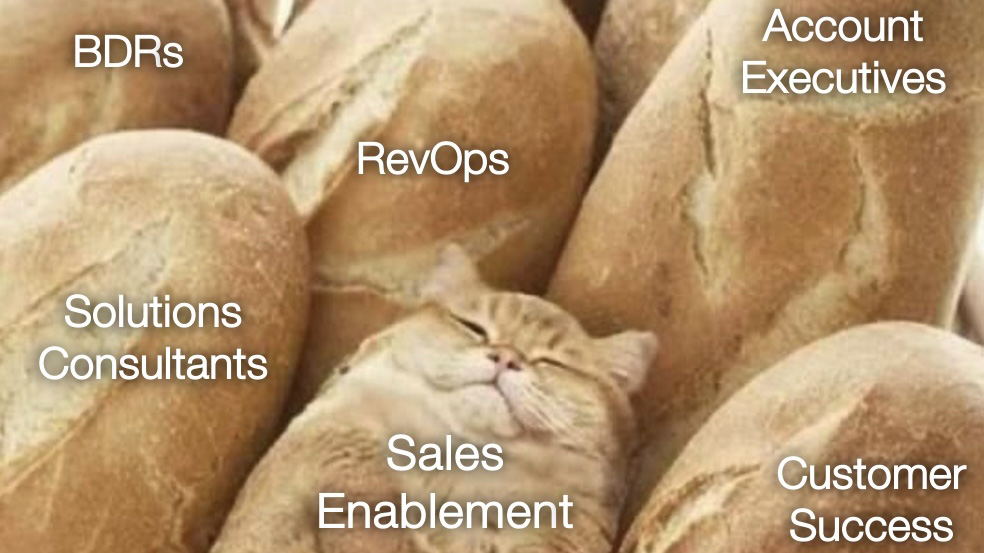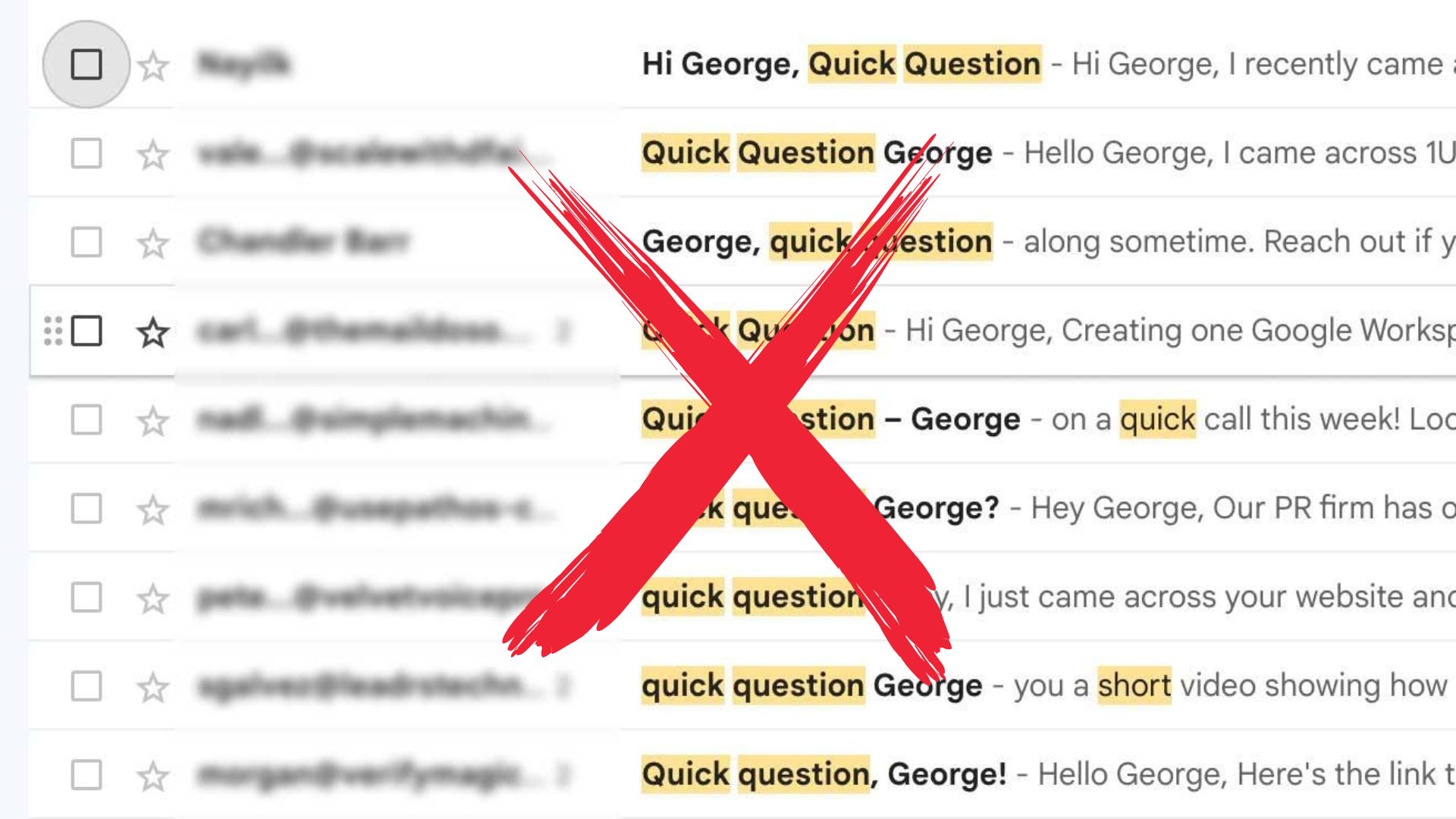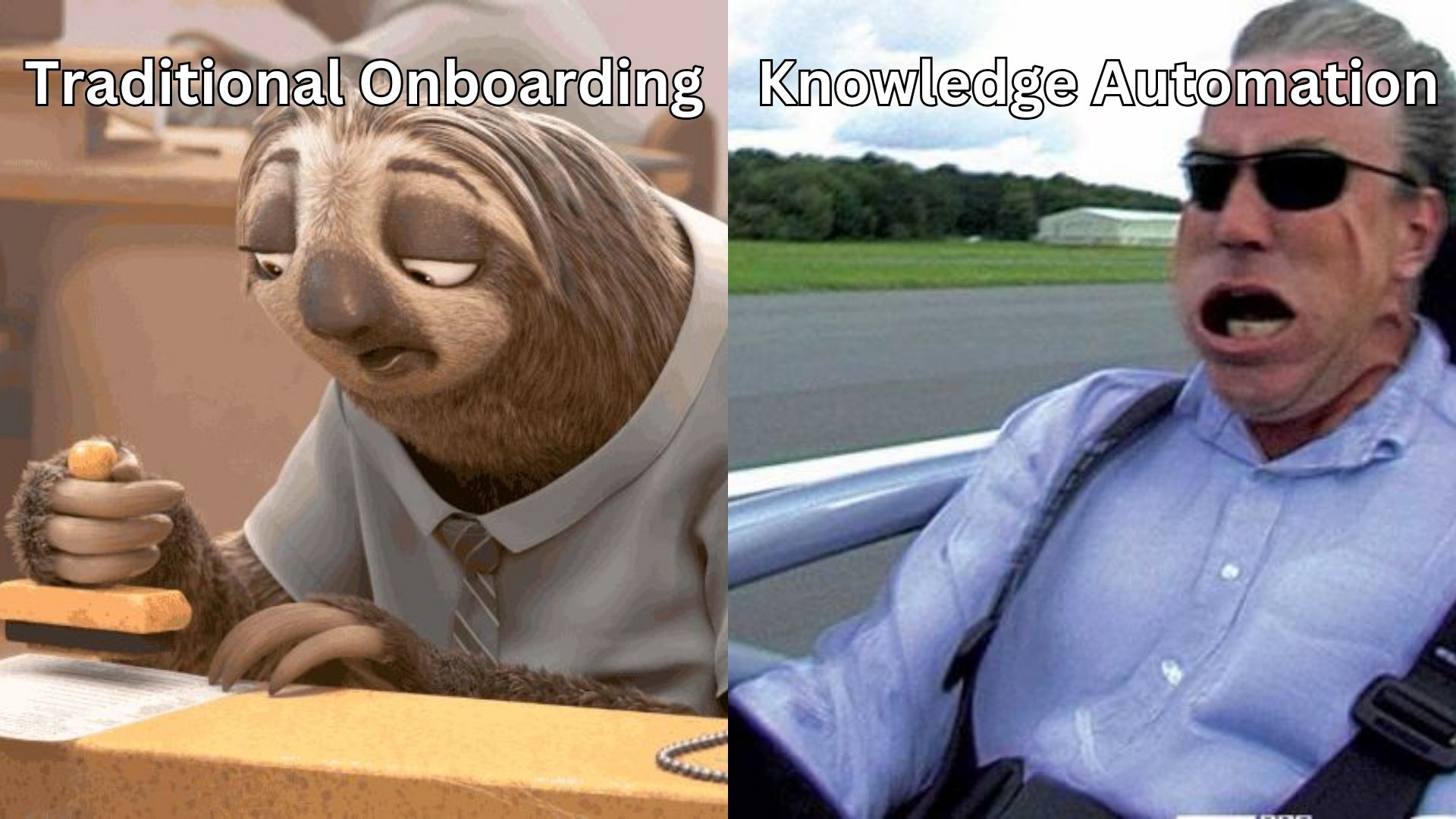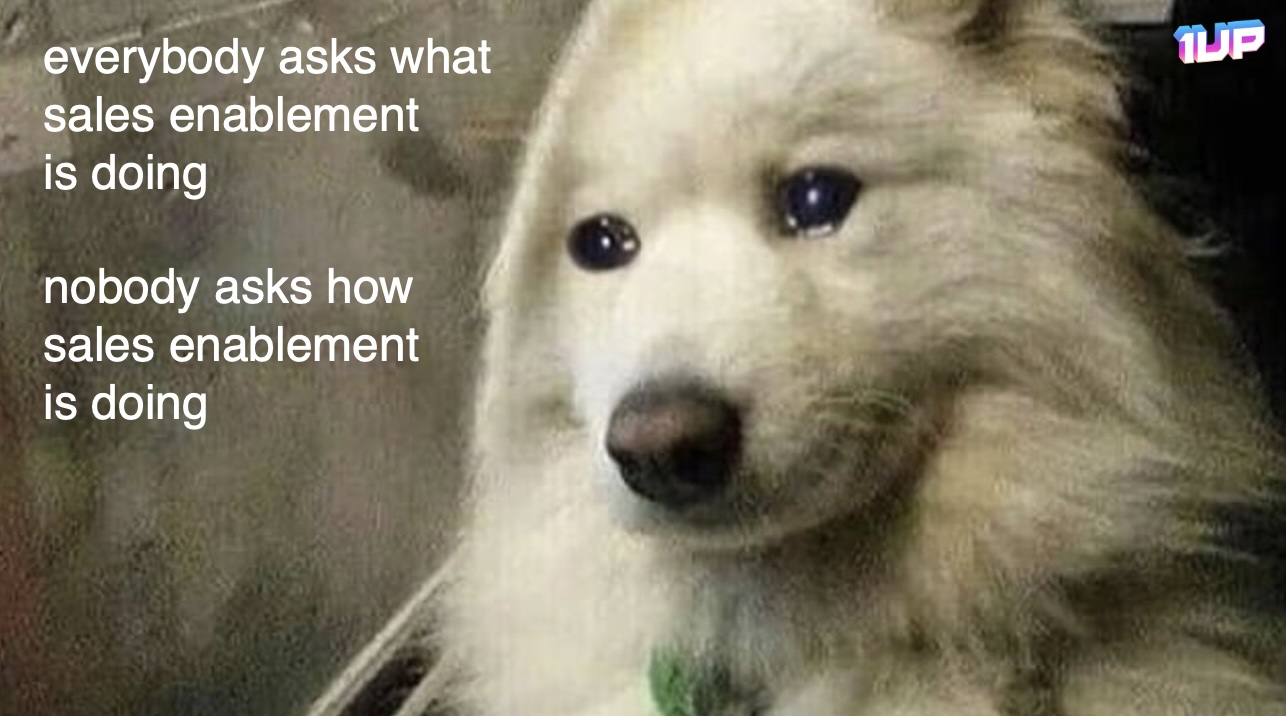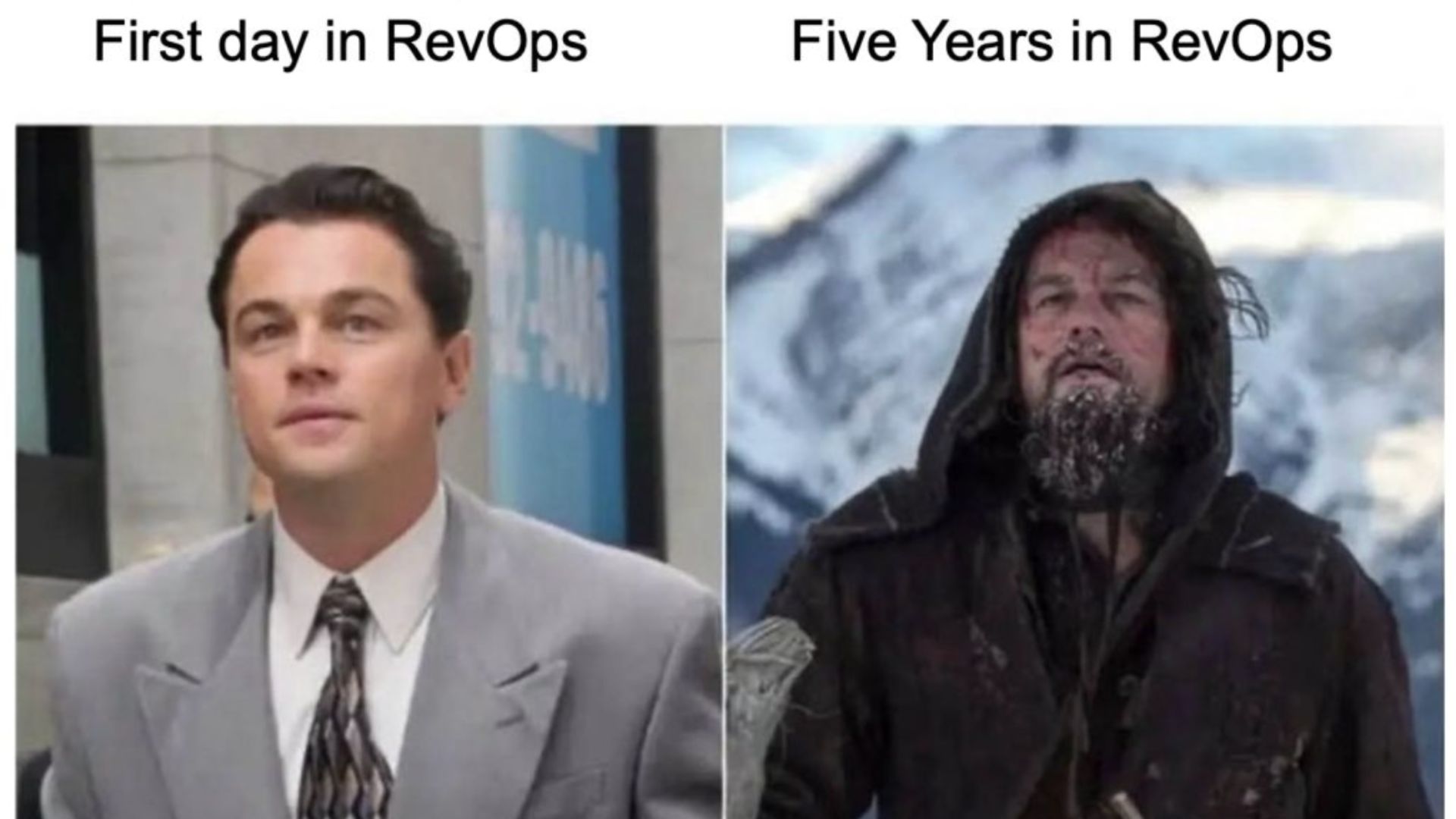A battlecard is a popular sales asset used primarily in competitive situations. Traditionally speaking, it’s a visual aid or document that helps your sales team understand how your product, pricing, strategy and features stack up against your competitors.
Battlecards are usually one or two pages long. They are delivered in the form of a PowerPoint slide or PDF and can look something like this:
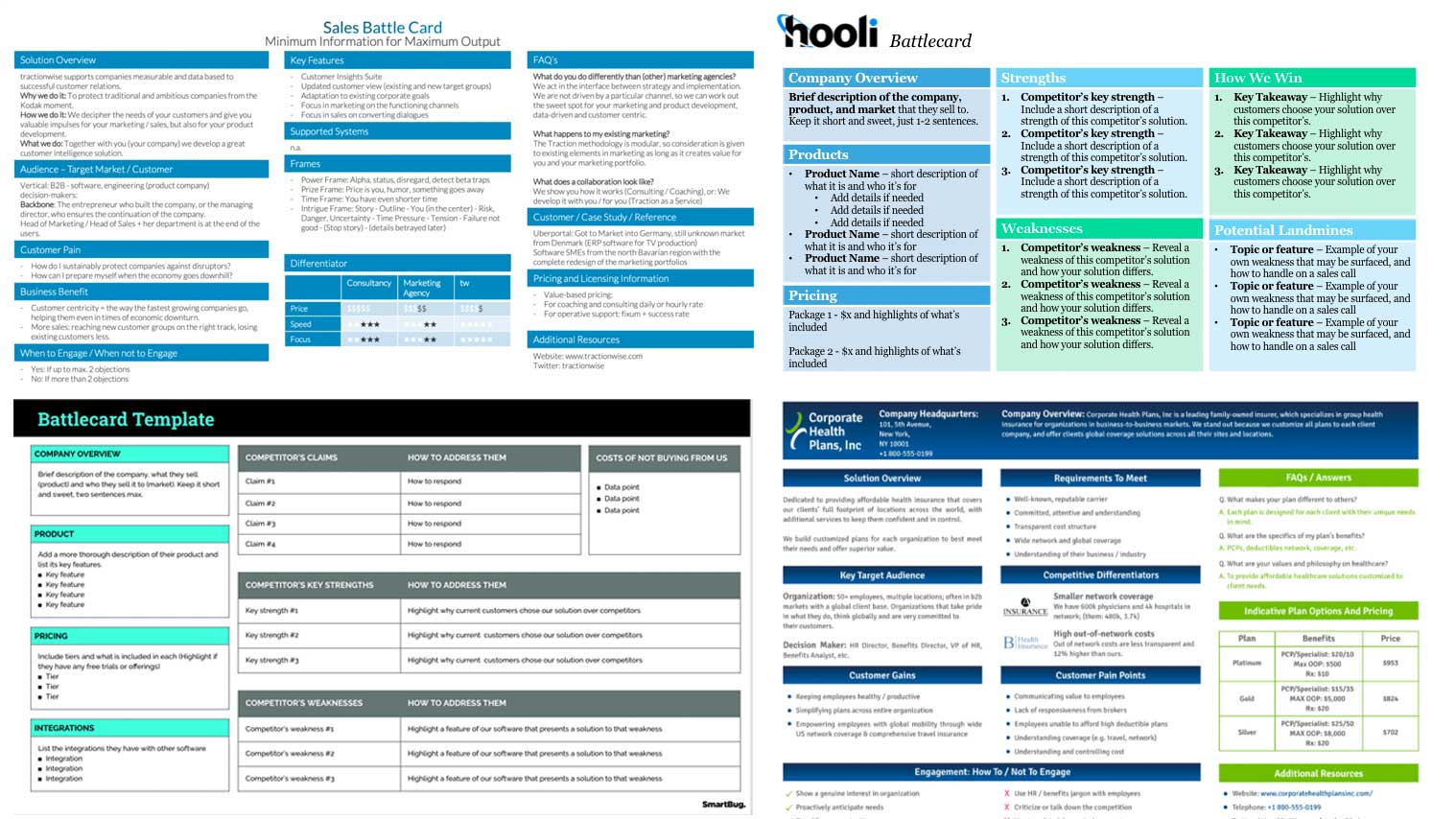
What Makes a Great Competitor Battlecard?
Brevity is key to an effective sales asset.
It’s easy to make the mistake of putting too much information. In fact, it sounds like the right thing to do given the mantra that more info = better equipped sales reps.
But you must remember that most sales reps are already overwhelmed with information.
Effective sales assets are those that focus on a few key pieces of intel and can be conveyed effectively. Put it this way – if your rep can’t remember the key points off the top of their head, your battlecard is probably too long.
Types of Battlecard Elements
Sales assets come in many shapes and sizes. But if you’ve seen one battlecard, you’ve seen them all. That’s because most of them contain similar elements such as:
- Strengths
- Weaknesses
- How we win
- Company background
- Trap setting questions
- Feature comparisons
Regardless of the stale format, some of this information can be quite effective. Here are a few traditional Sales Battlecard examples you might encounter in the wild:
The SWOT Battlecard
The SWOT (strengths, weaknesses, opportunities, threats) overview is a relatively simple and information dense format.
These are easy to make, easy to read, and can even be shared with customers. They typically combine an internal and external view of the company to provide a realistic, multi-dimensional comparison of two competing products.
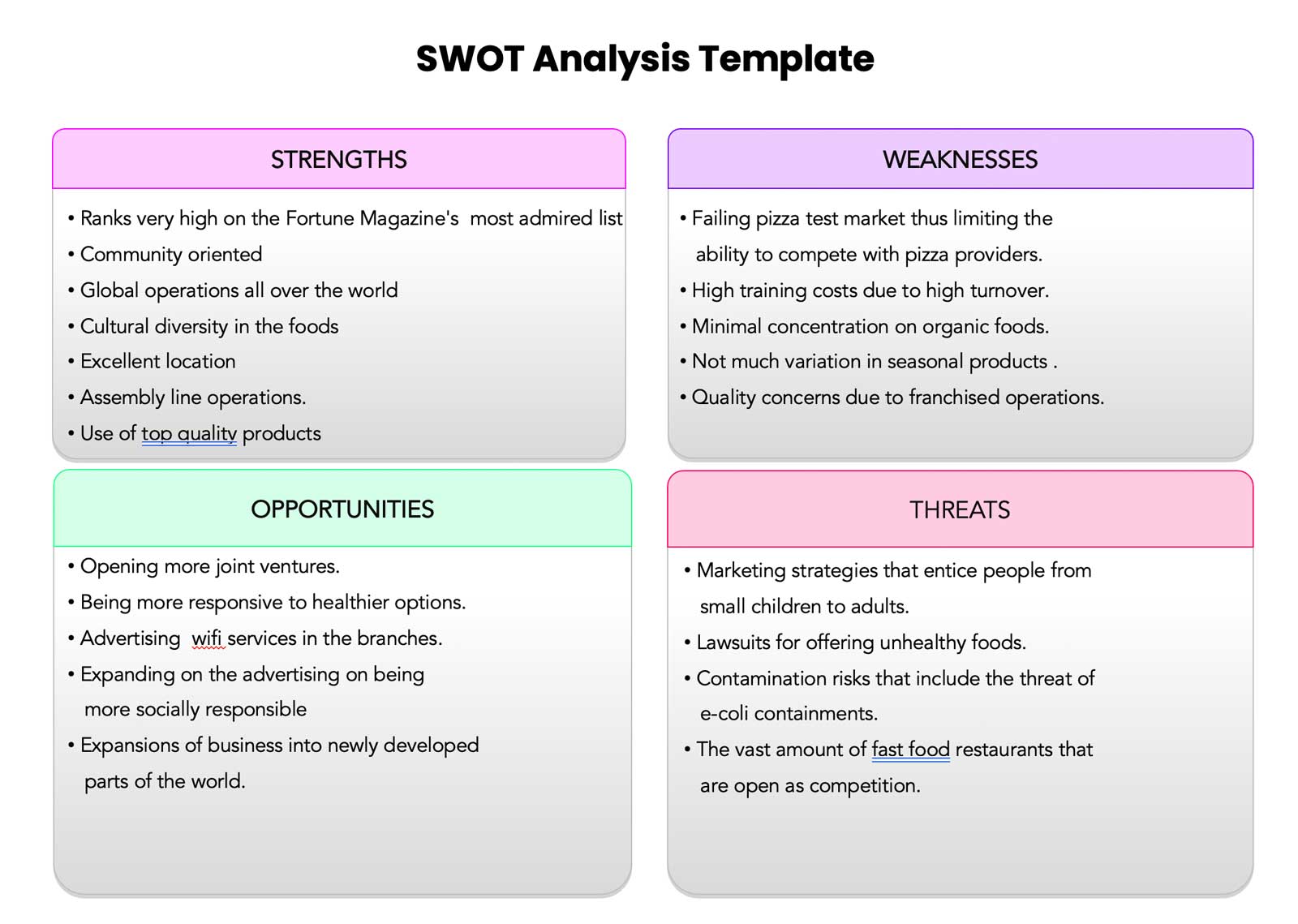
The Us vs Them Battlecard Template
This is a common template that maps strengths, and weaknesses across multiple product features. It is often accompanied by a broader competitive overview.
On its own, this format is not great for nuanced comparisons. Competitors will often have similar capabilities so using a binary yes/no system like this won’t really paint a clear picture. The obvious benefit is that it is a simple and easy way to show how you differentiate, and works particularly well for customers evaluating your product.
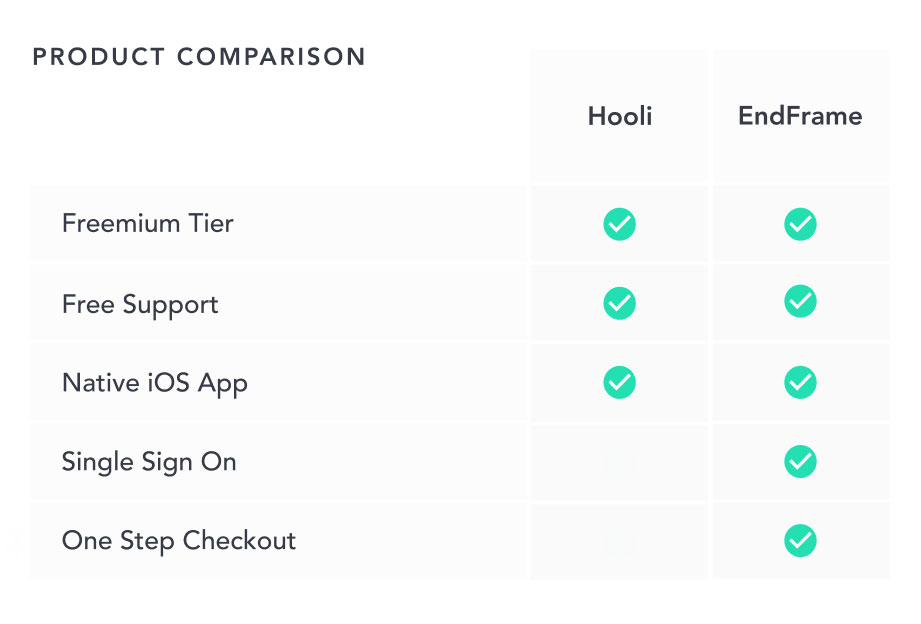
The Pricing & Feature Parity Battlecard
These battlecards take the “Us vs Them” model and apply it to a broader competitive landscape. This can get visually busy but it’s an easy way to condense information down across multiple dimensions and competitors.
These tables are usually accompanied by another type of sales asset to flesh out the actual comparisons.
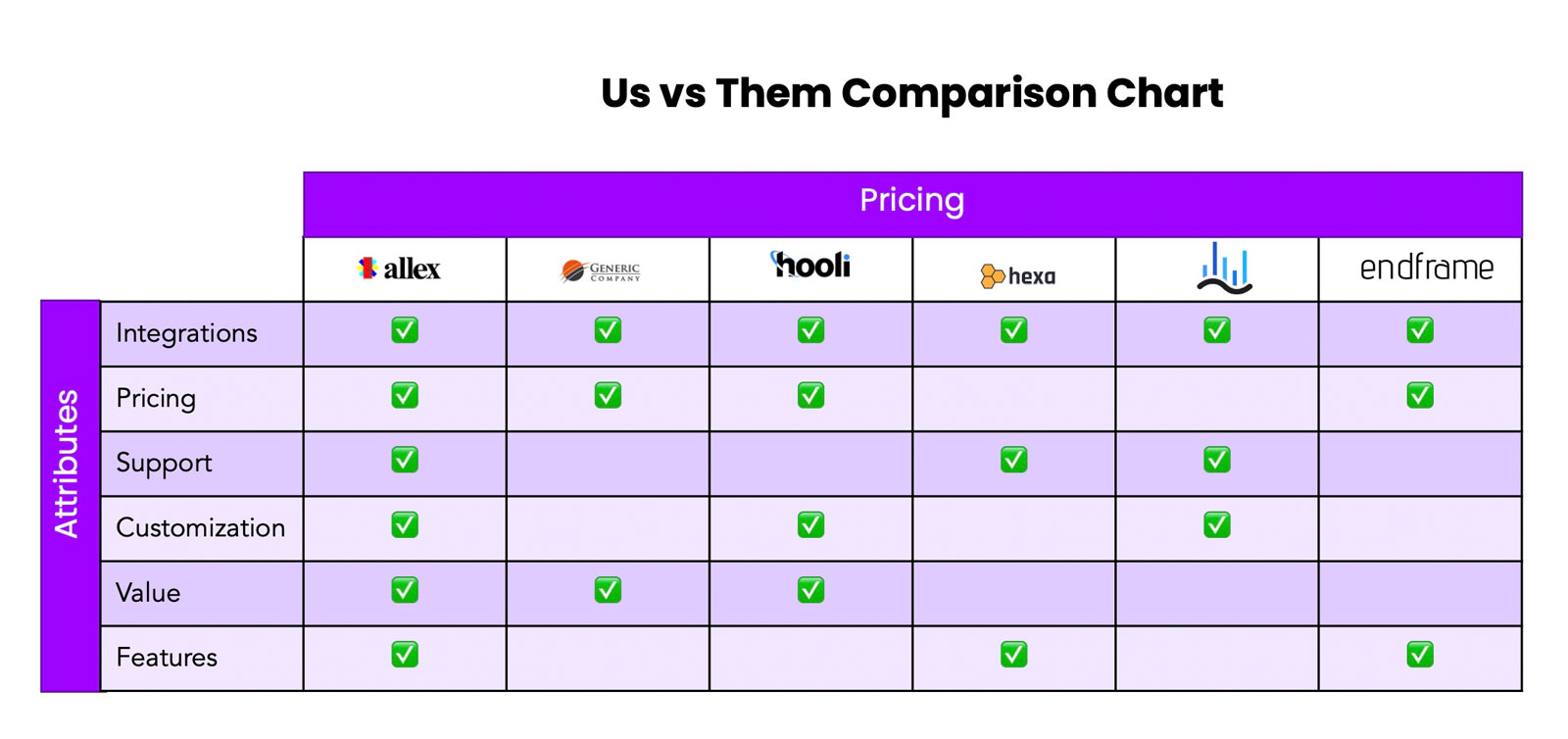
Competitor Landscape Template 2-Feature Chart
The 2-feature axis is a popular way of visualizing competing products. It’s not quite like the Gartner Magic Quadrant but the basic premise is the same. Companies are compared on an X and Y axis, usually comparing functionality and pricing.
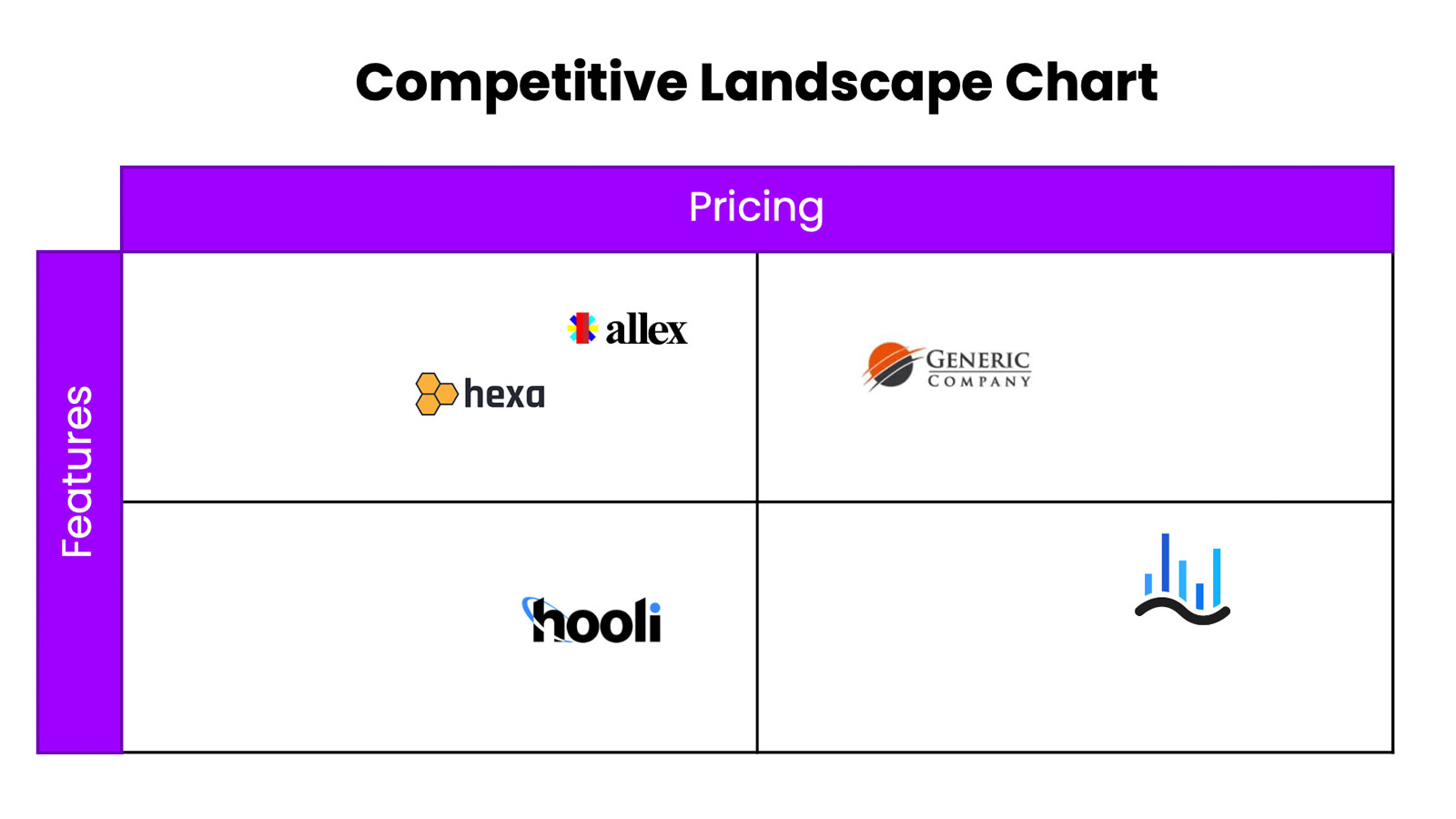
Pro Tip – DO NOT use this template ^^
In our opinion, the worst of the battlecard templates is the quadrant style display.
Unfortunately, most companies use this as an opportunity to show themselves in the best positive light. That leads to misleading charts that show your product in the top right quadrant like this:

We get it. You want to look good.
But the purpose of a strong battlecard is to convey information effectively, and stack ranking like this won’t build your credibility. It also won’t help your sales team convey anything meaningful.
Pros and Cons of Battlecards
Like most Sales and Marketing strategies, there’s an ongoing debate as to the effectiveness of using battlecards. Here are some of the common talking points we hear in the field:
| Pros | Cons |
| A single battlecard can contain a lot of useful information. | Battlecards can be hard to read, containing too much text at small font sizes. |
| Can be stored on the cloud or saved locally and used when needed. | Static content quickly goes stale and needs to be manually updated by an administrator. |
| Powerpoint and PDF are familiar formats for many users. | Documents can be difficult to modify. Users want to personalize static content for their needs. |
| Contains text, images, and news about a competitor. | Static text and images quickly go stale and need to be manually updated. Difficult to include videos. |
| Communicate intel to many people at once. | Often shared at quarterly or monthly intervals, intel is tough to locate in real-time when needed. |
At the end of the day, sales teams thrive on information. Having more intel is always better. So downplaying the effectiveness of a good battlecard is a moot point. When done right, they can give your team the slight edge they might need to win a deal.
“To know oneself is to better one’s self. Knowing oneself in comparison to other industry peers enables specifics for improvement.”
Greg Fitzgerald, Co-founder & President – Sevco Security
Are Battlecards Still Effective?
Battlecards are meant to condense competitive analysis into a medium that the sales team can use to close deals. A great battlecard can be effective if it has these two qualities:
- It provides accurate intelligence when you need it.
- The information is regularly refreshed and updated.
That said, there are a number of challenges that come up with this sales asset:
The data you need may not be there when you need it most
Battlecards are often provided to teams when they are not needed, such as at a Sales Kickoff (SKO) event. The majority probably won’t read the content, few will actually remember it, and even less will want to go looking for a battlecard when it’s time to compete for a deal.
The data might not no longer be accurate
Battlecards are rarely refreshed and updated. They’re often saved as a static document and left unused until they’re necessary. This leads to stale, out-of-date cards that leave people disappointed when they’re actually looked at.
More often than not, sales teams will complain that a battlecard lacks the information that they need, or worse, that it’s out of date. This can lead to embarrassing situations where the customer knows more about a competitor’s product than you do.
It takes alot of effort to actually use these assets
To sum up these points, it takes a lot of work to create this asset and the impact is often questionable at best.
- Static Powerpoints and PDF Battlecards take a while to create but rarely get used.
- Outdated competitor intel quickly goes stale and takes a lot of effort to keep updated.
- Competitor data lives across docs, spreadsheets, emails and CRM, making it difficult to manage in a single knowledge base.
Automate your Sales Enablement with 1up
Enable your sales team to ask questions and get answers in seconds.
A New Way to Utilize Sales Battlecards
Using PowerPoint to make competitive battlecards is outdated and ineffective. It doesn’t give sales teams the right information at the right time.
The trick to extracting maximum value from battlecards is to automate their delivery across your GTM team.
A more modern approach is to make Knowledge Automation a part of your Sales Enablement program. This allows sales teams to get answers in seconds to questions about products, features, and competitors.
How 1up replaces battlecards with Q&A
Automated competitor intelligence is already being used by sales and marketing teams to streamline the delivery of knowledge. 1up takes the enablement aspect of battlecards to a new level by making it easy for sales teams to get the information they need on demand.
Create your battlecards, upload them into 1up, and connect 1up to your preferred chat. Here’s what that looks like:
With 1up, businesses are modernizing the use of battlecards by going beyond the static PDF.
Want to try it for yourself? Sign up for a free trial.
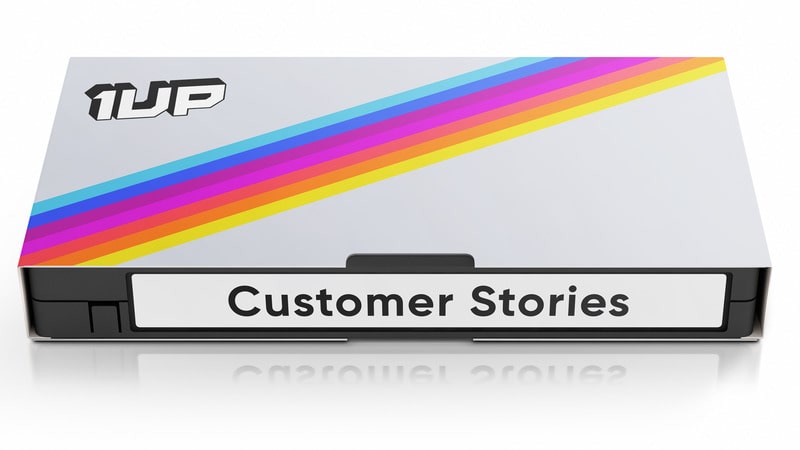

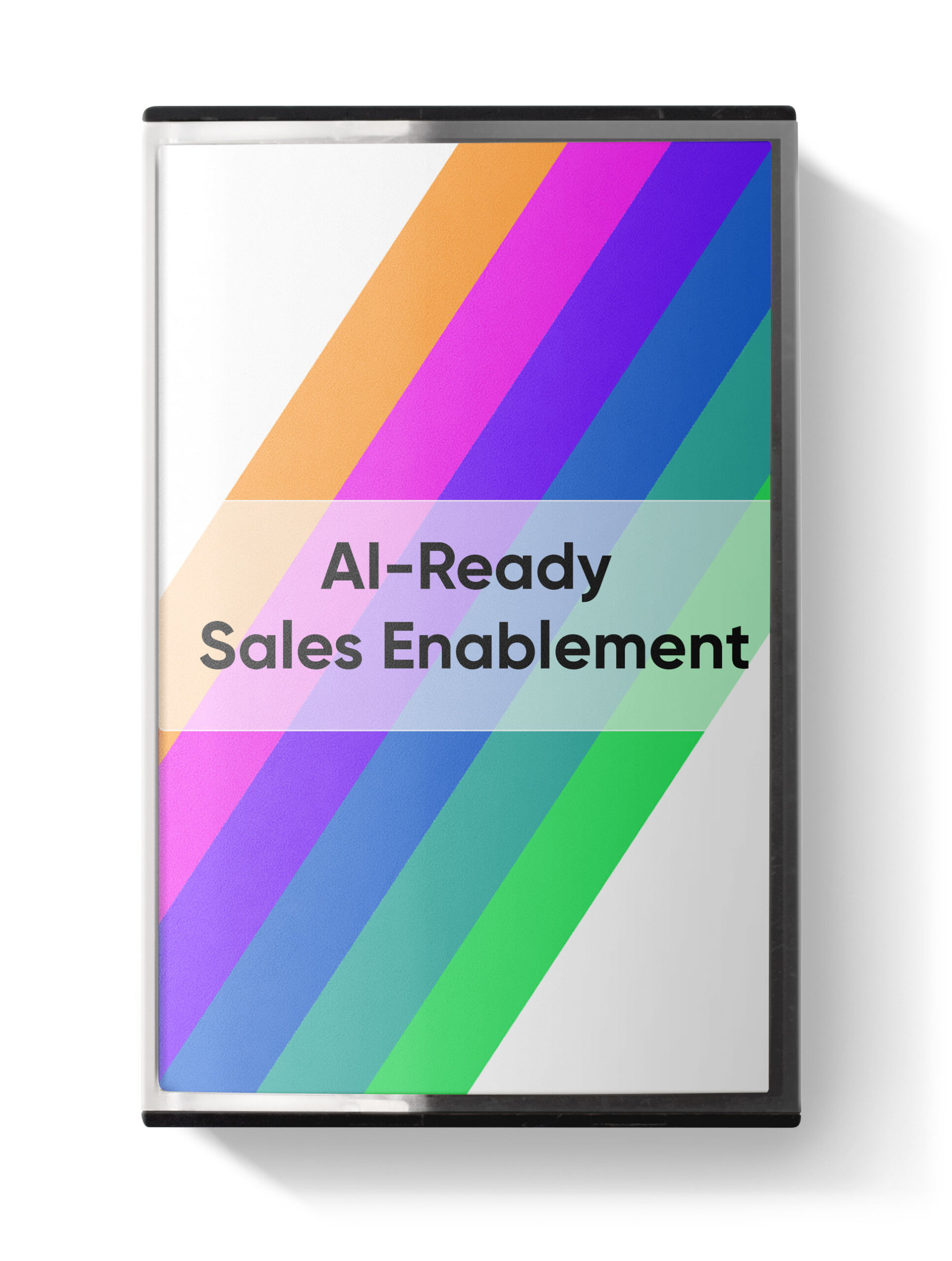
 Instagram
Instagram 


